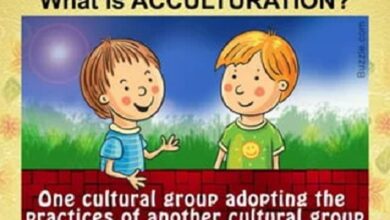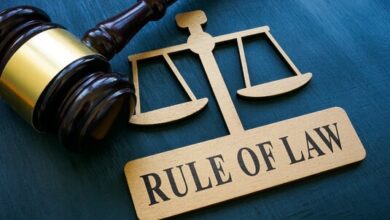What is Unauthorized Biography difference with autobiography
Unauthorized Biography
In Unauthorized Biography, the author does not have the consent of the subject or his family, and even so, he writes about this person’s story.
One of the important points in this type of biography is that the author has more autonomy in his research and writing, since there are no parts of the story that the character hides and does not allow to be published.
However, in this case, the author may have difficulty accessing information or documents that are very personal to the subject, such as: diaries, photographs, interviews with family members, among others.
Example of unauthorized biography : biography of former player Garrincha.
Objectivity of Unauthorized Biography
Unauthorized biographies may be considered more objective but less reliable than other biographies, because they are not subject to the ( subjective ) approval of the subject (and thus may contain accurate information that the subject would not have authorized), but they are also not privy to information or corrections known only to the subject or their close friends and family.
Biography
Biography is a book or text that tells the life story of a certain person . It is the description of the particular facts of someone’s life. Contains important data and events, may or may not have photos, or interviews with people close to the character.
The Biography is built with accurate data, including names, locations and dates of major important events.
The main characteristics of the biography are:
- They can be in short or long texts, such as large books;
- It has a journalistic, investigative, chronological and organized structure;
- It is a type of text that seeks to get as close to the reality of the subject as possible;
- It is considered a non-fiction literary genre;
- It is written in third person;
- It is a narrative text;
The basic structure of a biography usually includes:
- initial introduction of the protagonist (introduction);
- the description of the main facts that make up the story (development);
- a final part of a subjective character (conclusion).
In general, biographies are made of public figures recognized worldwide, such as politicians, writers, scientists, sportsmen, artists, or people who made an important contribution to the world.
Biography began to be used more by historians in the 20th century, and later journalists made them more accessible through biography books of famous people in Pop Culture.
An unauthorized biography of yourself
The question we could all ask ourselves is whether someone would have the legal freedom to write about us. The answer is yes, under the protection of freedom of expression and the right to information, if it is true. It is something that collides head-on with the right to honor, personal and family privacy, and the right to one’s own image. So the answer at the same time is no.
Or rather, it is grey, confusing, slippery and malleable. A formula of “yes, but…” where the “yes” is that the stories are truthful and publicly interesting and the “but” that it does not violate honor, does not reveal intimate information and contemplates the limited use of the protagonist’s image.
If we look back to this same year, we find the real episode of Fariña , the novel about Galician drug trafficking that mentioned José Alfredo Bea Gondar, former mayor of O Grove, on two of its pages. Bea Gondar even managed to legally seize the book, without much success.
The reason given for the kidnapping was the violation of the right to honor. But since the facts that Fariña was talking about have been proven true (before writing the book), the judge who was handling the case dismissed the lawsuit a few days ago . Now Bea Gondar has to pay the costs of the trial.


